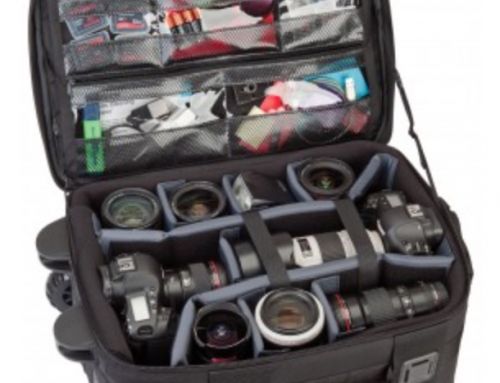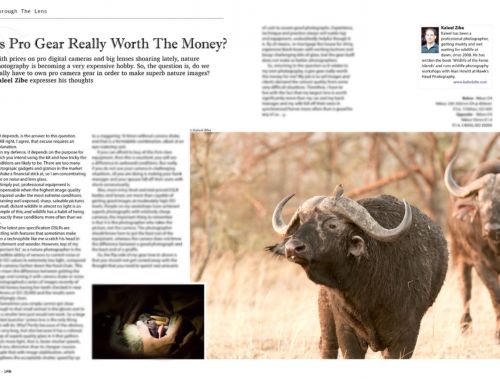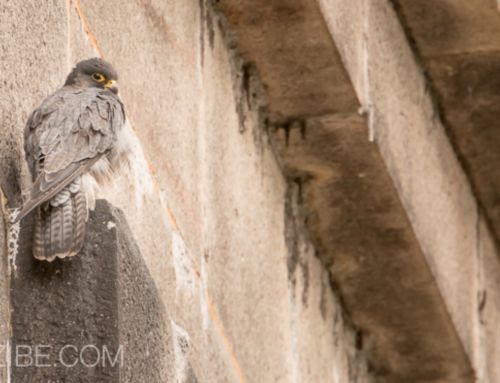
The new Nikon D4s – image courtesy of Nikon
With a certain amount of fanfare, Nikon has just released the new Nikon D4s, which the usual suspects are now advertising to be available from March onwards in the UK.
From the spec sheet, this is a formidable flagship camera that advances the Nikon professional range up another notch. But then again, it’s not that different from its older sibling, the Nikon D4.
When the first rumours hit the social media sites about the forthcoming D4s, my ears pricked up as some suggested the resolution of the new beast would be significantly increased. This has turned out to be wishful thinking, although the camera does have a new sensor, albeit with the same 16.2 MP. This new sensor is capable of one more stop of ISO, which is always useful. The headline figure is an eye-watering 409,600 in expansion mode.
It’s easy to scoff at these unusable ISO modes, but what Nikon have proved in the past is that they continuously evolve the reliable, usable ISO range upwards. By this I mean the ISO values that photographers really use day in, day out. For example, I spent a large part of my recent Costa Rica trip at ISO 3,200 and above as my normal go-to setting due to the low light of the rainforest. I have plenty of shots at 6,400, 12,800 and even 20,000 to prove that the camera is extremely capable of producing clean images at these settings on a daily basis.
Nikon say they’ve increased the processing speed with new EXPEED processors and the autofocus has undergone some tweaks. There are some nice improvements such as 1080p 60fps video (previously only 30fps at full 1080p) and a sharper video crop mode – a criticism levelled at the D4. I won’t clutter this page up with the full specs, but you can find them here.
So, should you buy a Nikon D4s?
Well, that depends what type of photographer you are and what gear you already have. If you’re a professional Nikon shooter – or an enthusiast with deep pockets – but don’t already have a D4, without question this is the camera you need. I can say that without a D4s in my hand because I already own a D4, which is more or less the same and has acquitted itself beautifully for nearly 2 years so far. For my extensive long-term magazine review on the Nikon D4, please see this post.
If, like me, you already own a D4, the advancements are interesting and useful, but not enough to justify the expense of an upgrade. I also have a Nikon D3 and these are my two workhorses. I won’t upgrade the D4 to a D4s, but would I consider upgrading the D3 to a D4s? Again, probably not because at a price north of £5k, it would be much more cost-effective for me to exchange my D3 for a D800 at about £2k. Having said that, I may have to eat my words eventually…
Nikon tend to evolve the top of their range pro cameras with the main headline number (Nikon D4) followed by an ‘s’ model (Nikon D4s) and then an ‘x’ model (Nikon D4x?) before ascending the number scale (Nikon D5?). The ‘s’ models tend to be a bit of a move on from the main model and the ‘x’ models have added something a bit more significant. Take the Nikon D3 range: I bought a D3, but didn’t bother with the slightly more advanced D3s. I did however buy a Nikon D3x for its doubled pixel count (24.5 MP) but eventually sold it in favour of the D4 because almost everything about the latter was better (except the resolution – see below).
Improved ISO performance is always a useful development and the other tweaks are nice, but for me, I now need some more megapixels. I never thought I’d say that again, but the old pixel war has taken on a new meaning as I shoot for stock libraries. The ability to crop in to a photograph and still present a large file is a godsend and in that sense (and only that sense) I miss the D3x.
Nikon D4x anyone?
K





Leave A Comment